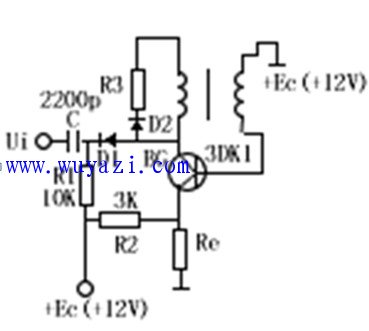This article provides an in-depth explanation of a self-excited intermittent oscillation circuit. Oscillating current refers to a type of current that changes both in magnitude and direction periodically. A circuit capable of producing such a current is known as an oscillation circuit. The most basic form of this is the LC circuit, which consists of an inductor and a capacitor connected in a loop.
Oscillating current is essentially an alternating current (AC), but it operates at high frequencies. Unlike the AC generated by rotating coils in a magnetic field, this type of current must be produced using an oscillation circuit. This makes it essential in various electronic applications, especially in communication systems and signal processing.
When the circuit is turned on (at time t = tâ‚€), current flows through the primary winding of the transformer to the collector. This generates an induced voltage uâ‚ and a secondary sensing voltage uâ‚‚. The polarity of uâ‚ alternates, while uâ‚‚ has a corresponding phase shift. This voltage change causes a positive feedback effect, leading to what is known as an "avalanche" effect, which sustains and amplifies the oscillation.

Peek Braided Sleeve,Cable Sleeve,Heat Resistant Braided Sleeving,Braided Wire Wrap
Shenzhen Huiyunhai Tech.Co., Ltd. , https://www.cablesleevefactory.com